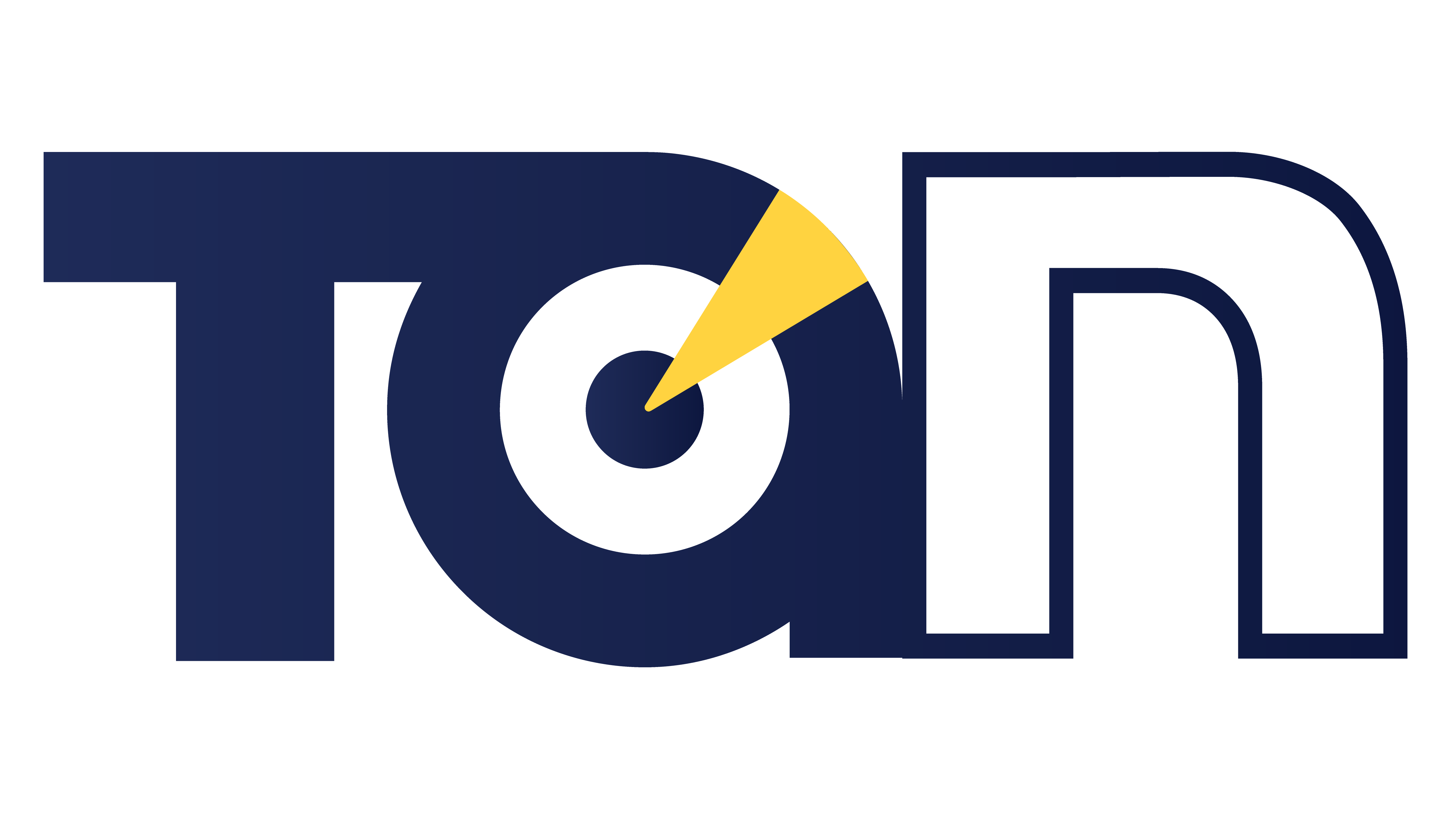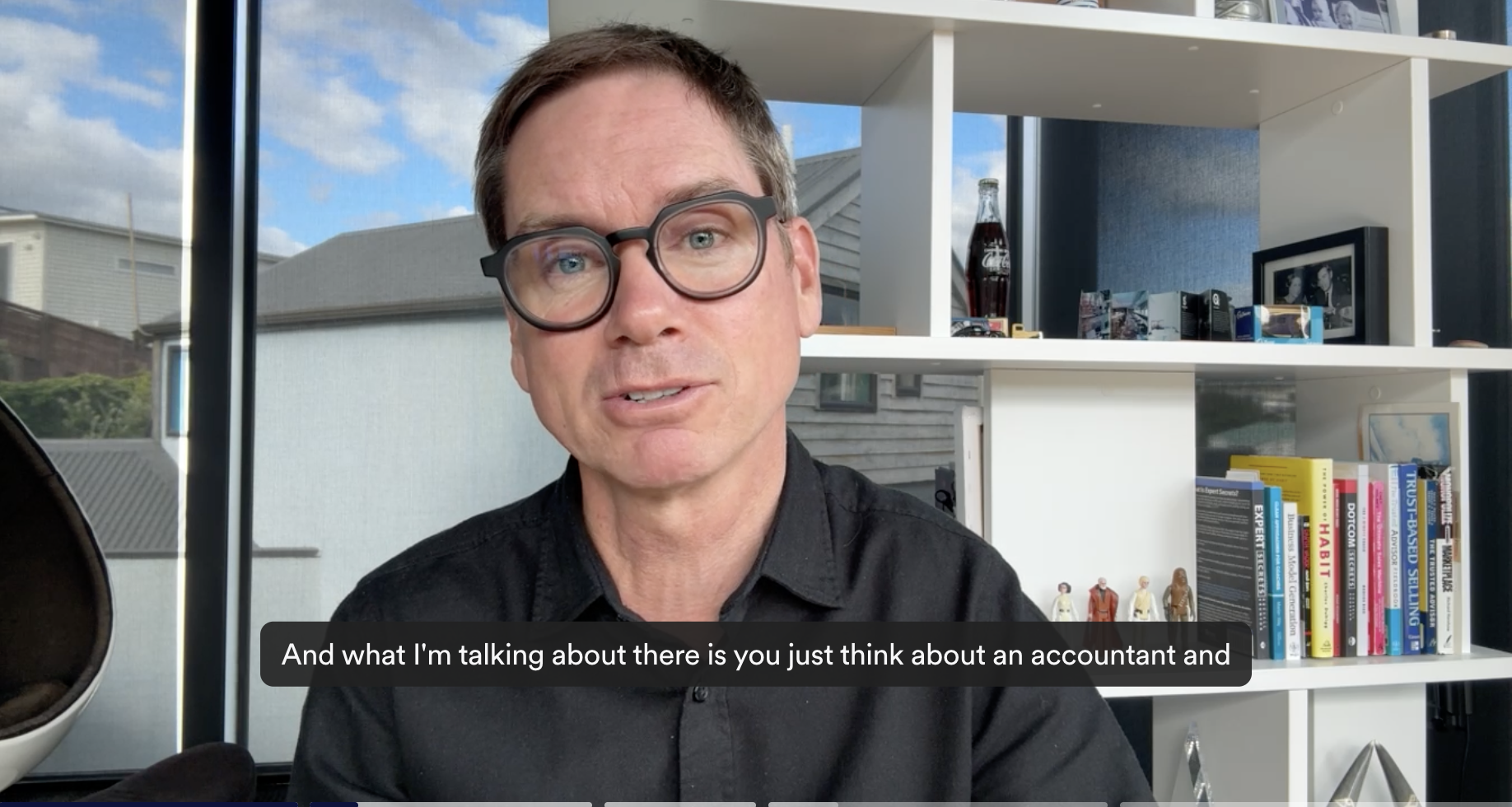Three Big Shifts — What Do You Think?
Three Big Shifts — What Do You Think?
We’ve made some major strategic shifts over the last quarter, and the results speak for themselves.
If you’re considering stepping into this space, you’ll want to know what’s changed—and why it matters.
1. In-Person Training is Back
We’ve moved away from online-only training for new advisors and brought back face-to-face sessions. This hands-on approach is already proving to be a game-changer, helping new members gain confidence and results faster than ever.
2. Local Business Focus
Instead of trying to reach businesses across the internet, we’ve narrowed our focus to local business owners—the ones you see in your community every day. These are the people who need real, trusted advisors to help them grow, and it’s making a huge impact.
3. Referral-Based Growth Over Online Marketing
We haven’t abandoned online marketing, but our primary focus is now on referral-driven business development. Leveraging trust, credibility, and strong connections has proven to be a far more effective way to gain quality clients.
The Results Speak for Themselves
We ran our first in-room training in December 2024 with five attendees. Four of them launched in January, and each has already secured one to three clients. Given that each client is worth $20,000 to $30,000 annually, this is a strong start.
One new member, Meg, followed our system step by step and landed her first almost overnight. This proves that when the right training, support, and strategy come together, success happens fast.
What This Means for You
With these changes, we’ve refined the support and launch systems we provide to new advisors:
- A dedicated team to assist with sales, strategy, and tech.
- Done-for-you marketing assets for both online and offline growth.
- A proven launch framework that helps new members land clients quickly.
Some might say this strategy is a return to old-school methods, but the reality is—it’s working.
Curious to see how this approach could work for you?
Watch the video and let us know what you think.
Back at work in 2025
If You’re Back at Work in 2025 Wondering, “What Am I Doing Here?”—Read This.
If you’re back at work in 2025 wondering, Is this really it?—you’re not alone.
A lot of experienced professionals reach a point where they start looking for something more—more impact, more control, more fulfillment. Business advisory offers exactly that.
In this video, I take you inside a real advisory session. This is where we help business owners see the gap between where they are now and where they want to be—then guide them in bridging it.
It’s a structured, proven process that leads to a lightbulb moment: I need your help.
If you can see yourself in that role, now is the time to explore what’s next.
Watch the video to get a real look inside business advisory—and if it sparks something in you, let’s talk.
Don’t wait for the rocking chair moment to wonder, what if?
How Tony’s Crushing It (And How You Can Too)
How Tony’s Crushing It (And How You Can Too)
I want to share a quick story about Tony, one of our consultants in North Sydney.
He’s been getting amazing client results, but last year he came to me and said, “I want to help even more people.”
So, we put a plan in motion.
One of the things we do at Trusted Advisor Network is hold quarterly planning sessions for clients. These sessions are game-changers. Here’s why:
- Peer Inspiration: Clients hear each other’s wins and immediately benchmark what’s possible for them in 90 days.
- Simple, Actionable Plans: In one session, clients walk away with a one-page plan—quick, focused, and incredibly effective.
- Invite Guests: We also bring in other business owners to experience the process firsthand, which lets them see the results our clients are getting and how our content works in action.
Tony started running these sessions last year, and nine months later, he’s crushing it.
His clients are thriving, and he’s even taking some time off in Spain before heading to our 2024 conference in New Zealand.
This is what we’re all about—helping businesses grow and making a real impact in our local communities.
The 3 Sales Mistakes Holding Back Small Business Owners (And How to Fix Them)
The 3 Sales Mistakes Holding Back Small Business Owners (And How to Fix Them)
How up to speed do you reckon SME business owners are when it comes to driving sales in today’s economy? Let’s be honest—it’s a skill every business owner needs to master. Yet, I keep hearing the same three challenges popping up over and over again.
1. Over-Reliance on Passive Word-of-Mouth
A lot of business owners are just sitting back, waiting for the phone to ring. And when it does? Great, things are moving. But when it’s quiet, they just chalk it up to “a tough economy.”
Relying purely on word-of-mouth is a recipe for inconsistency. We know there are so many proactive things you can do to keep that phone ringing, yet too many business owners aren’t taking control of their lead generation. If you’re sitting around waiting, it’s no wonder sales are stalling.
2. No Basic Sales System in Place
Here’s a typical scenario: a customer asks, “Do you have X to fix my Y?” The business owner says, “Yep, here’s a quote.” And then what happens? The customer shops around, compares prices, and leaves the owner hanging.
The problem? There’s no structured sales process to move that prospect from inquiry to conversion. Information’s being given away for free, and the owner has no idea if they’ll land the sale. Without a solid sales system, it’s just too easy to lose out on potential business.
3. Paying for Leads Without a Follow-Up System
Many business owners think the solution to getting more sales is to hire a digital marketer to generate leads. Sure, that can work, but here’s the catch—it’s not the marketer’s job to make sure those leads convert into dollars in your bank.
Without a proper follow-up system, leads will slip through the cracks. You end up paying for those leads and the campaigns that drive them, but without a follow-up strategy, you’re just wasting money.
It’s not enough to just bring leads in—you need to nurture them, follow up, and turn them into paying customers.
I don’t know about you, but when I hear about a business challenge, I can’t help but dive in and figure out how to tackle it head-on. That’s the kind of work that really fires me up, and it’s what we’re all about. If you’re someone who gets excited by the thought of solving real business problems, then we should definitely connect.
Tackling Low Financial Literacy in Small Business...
Tackling Low Financial Literacy in Small Business...
Alright, let’s talk about something that’s been a pain point for a lot of business advisors lately—financial literacy. It’s been an issue for a while now, and it’s affecting small businesses big time.
How do you deal with clients that have low financial literacy? The truth is, across the board, financial literacy in SMEs is pretty low. And there are three main things business owners are doing that are seriously hurting their profitability. This is stuff business advisors are running into every day.
1. Running the Business by Bank Balance
Here’s a common one: a lot of business owners are managing their entire business through their bank account. They’ll check if there’s money in the account, and if it looks good, they assume everything’s fine. But ask them how business is going a week later, when the bills roll in and payments haven’t come through yet, and they’ll tell you things are tight.
The problem is, they’re not looking at the actual performance of their business—they’re just looking at the bank account balance. This method does nothing for managing profitability or understanding where their margins are. So yeah, if you’re just relying on your bank balance, it’s not going to give you a full picture of your business health.
2. Pricing Based on Competitors
Most business owners don’t like overcharging customers (which is great!), but here’s the thing—many set their prices based on what the competition is doing. This sounds logical on the surface, but the problem is, every business has a different cost structure. One competitor might have way lower overhead or no debt, while another might be drowning in costs you don’t even know about.
If you’re pricing your products or services based solely on what others are charging, you could be driving your business into the ground without realizing it. You can’t just “race to the bottom” with pricing to keep up with the competition—it’s a surefire way to hurt your business in the long run.
3. Discounting to Get Work
Now, let’s talk about discounting. Most SMEs make around 10-12% net profit after everything’s said and done. So what happens when you offer a 10% discount just to keep the work coming in? Well, you’re basically wiping out your profit. And I get it, business owners think they need to keep the doors open, keep people busy—but constant discounting is just a race to the bottom.
If you’re always discounting to get work, and you’re already operating on slim margins, it’s almost impossible to stay profitable. It’s one of those habits that seems harmless at first but can really damage the business over time.
The Big Picture
So imagine this: you’ve got business owners running everything by their bank accounts, pricing based on competitors, and discounting to get work. No wonder there’s so much trouble in the SME community when it comes to profitability!
If you’ve worked with businesses and helped them figure out margins, analyze a profit and loss statement, or get away from relying solely on their bank accounts, then you know how much of a game-changer this can be.
Something to think about next time you’re working with those local businesses you pass by every day.
Is My Background Suitable for a Business Advisory Role...
Is My Background Suitable for a Business Advisory Role...
One thing I get asked all the time is what background works best for coaching or consulting…
First up, experience matters. Aim for around a decade in business—whether you’ve run your own show or played a pivotal role in someone else’s venture. It’s all about fluency in the language of business: sales, marketing, margins, productivity, planning.
But what about style? Well, there are four distinct types to consider: decisive, creative, supportive, and objective.
Decisive types are all about making quick, confident decisions. They’re the ones who lay down the law and lead their clients forward.
On the flip side, creatives thrive on presenting a plethora of well-thought-out options. They’re the idea machines, always brainstorming and offering choices.
Then there are the supportives. They excel at offering encouragement and motivation, minus the cheerleading. They’re there to unpack doubts and build their clients’ confidence, step by step.
And last but not least, we have the objectives. They’re the masters of simplification, cutting through the noise to offer crystal-clear explanations. They’re not here to hold hands; they’re here to make things make sense.
The Difference Between Coaching, Consulting, and Advisory Services
The Difference Between Coaching, Consulting, and Advisory Services
Let’s dive into the distinctions between coaching, consulting, and advisory services, specifically focusing on what really sets them apart in client interactions.
When we talk about consulting, it’s all about leveraging your own knowledge and experience to guide your clients. You’re essentially telling them, “Follow steps ABC to achieve XYZ.” It’s a straightforward exchange where your expertise is the commodity.
But let’s flip the script and consider this from the client’s perspective. Imagine someone advising you on the top three actions for your current projects. You’d naturally evaluate their suggestions, pondering their applicability and your willingness to follow through. Even when experts are consulted, there’s an inner dialogue about the pertinence of their advice to your specific situation, which can affect your commitment to the proposed actions.
This is where the crux of pure consulting lies. If clients lack confidence in the advice, they might not act on it, leading to phrases like “I didn’t start” or “I was unsure.” This hesitation often signifies a lack of belief in the ability to execute the advice without direct assistance.
On the other hand, coaching takes a different tack. It’s about asking clients to identify two or three key actions they can undertake before your next meeting. This approach doesn’t rely on the coach’s expertise in the client’s field but on the power of the right questions to stimulate client-driven action.
Advisory services strike a balance between these two, marrying expertise with a coaching mindset to encourage clients to embrace and act on parts of the advice given. This middle ground is where the magic happens, blending knowledge with empowerment.
For those intrigued by coaching, remember that understanding its principles is one thing, but practicing it is another ball game. When you combine coaching with your expertise, you create a potent mix that’s incredibly valuable to the SME sector.
So, there you have it—an overview of coaching, consulting, and advisory services. I hope this sheds some light on their differences and how they can complement each other. Catch you later!
The Business Model of Consulting vs Coaching
The Business Model of Consulting vs Coaching
One question I hear a lot is ‘what’s the difference between coaching and consulting?’…
I’ve put together a quick outline above to clear up any confusion.
Imagine you’re a consultant.
You’re great at what you do, but your work is project-based.
You solve a problem, then you’re onto the next gig.
It’s a cycle of highs and lows, with cash flow all over the place.
Now, coaching is different.
It’s about long-term relationships.
We’ve had clients for years, bringing in steady income month after month.
So, here’s the deal: small businesses need guidance.
They could go it alone or partner with others, but that comes with its own challenges.
That’s where we come in.
We offer expertise without the headaches.
Bottom line: consulting is project-based, coaching is about building relationships.
At Trusted Advisor Network, we blend both for the best results.
If this sounds like it could be your next move, then take a look at our prospectus to find out how you can build yourself a lifestyle business that you can scale…
The Difference Between a Generalist and a Specialist
The Difference Between a Generalist and a Specialist
In the SME community, businesses often get specialist help for specific needs. For instance, they’ll get an accountant for compliance work, digital marketers to get more leads, and HR consultants for recruitment needs.
But as specialists are great in their line of work, business owners need a far broader skill base that covers the entire business… that falls under “Generalist” help.
Consider this: an accountant might identify a decrease in profit margins and attributing it to a bunch of different factors. But a Generalist will be looking for the root cause such as the need for sales training to make sure the focus is on value rather than price.
Similarly, digital marketers might generate a heap of new leads, but a Generalist will pinpoint issues like the absence of an effective follow-up process or sales system.
And in HR, smaller businesses might be budget constrained that prevents them from hiring specialist assistance with the associated costs. A Generalist will provide strategies to improve margins so there’s more money to attract better talent.
These examples highlight the importance of a Generalist perspective in dealing with common issues that affect SME businesses every day. If these are your types of problems that you like to fix, then check out coaching/consulting within the SME community!
If that’s you, then take a look at our prospectus to find out how you can assist SMEs and build yourself a lifestyle business that you can scale…











